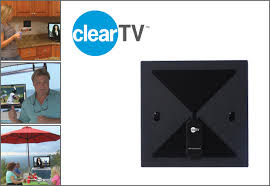Bash animations

Animations in various languages. 1. The donut. $ gcc -lm donut.c -o donut [code] k;double sin() ,cos();main(){float A= 0,B=0,i,j,z[1760];char b[ 1760];printf("\x1b[2J");for(;; ){memset(b,32,1760);memset(z,0,7040) ;for(j=0;6.28>j;j+=0.07)for(i=0;6.28 >i;i+=0.02){float c=sin(i),d=cos(j),e= sin(A),f=sin(j),g=cos(A),h=d+2,D=1/(c* h*e+f*g+5),l=cos (i),m=cos(B),n=s\ in(B),t=c*h*g-f* e;int x=40+30*D* (l*h*m-t*n),y= 12+15*D*(l*h*n +t*m),o=x+80*y, N=8*((f*e-c*d*g )*m-c*d*e-f*g-l *d*n);if(22>y&& y>0&&...








